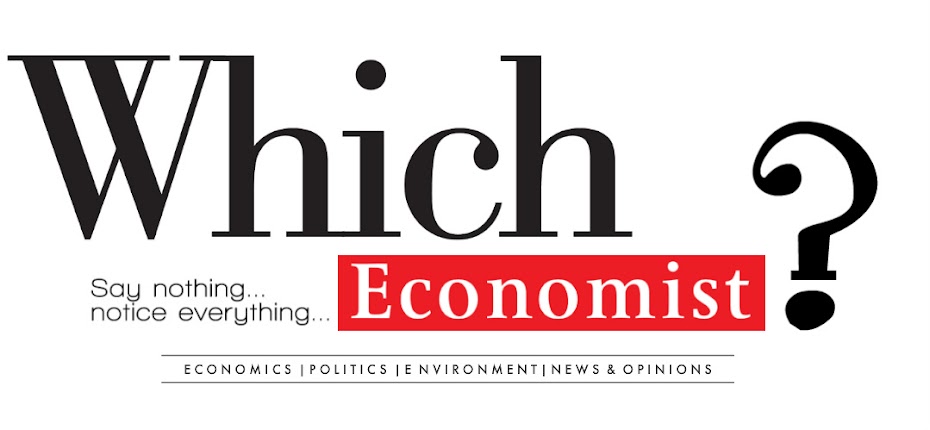Introduction
Carbon cycle is one of the natural process happened on Earth every day. This biogeochemical cycle maintains the balance of carbon flows in every reservoir that prevents all carbon in the planet to enter the atmosphere or being stored entirely in rocks. The problem here is not the process, since this is a natural phenomenon as I mentioned, but the millions of tons of carbon into the atmosphere cause by human’s destructive activities i.e. burning of fossil fuels and deforestation every year. This leads to a demonstrably negative results for the global climate and considered one of the most serious environmental problems of both developed and developing countries ever to date- global climate change.
Climate change and carbon cycle becomes a matter of public concern on global scale during 1980’s and 1990’s respectively. By late of 1980’s interest in climate change had become more focus and concentrated. The Intergovernmental Panel for Climate Change (IPCC) was organized in 1988 to aid government and policy makers with expert opinions concerning the impending problem. In year 1992, the International Geosphere-Biosphere Programme (IGBP) was created allowing international co-ordination of research and scientific effort. This was considered one of the most important steps on making climate change a global concern. Within the same year, political leaders from different countries met in Rio de Janeiro in Brazil to set up agenda to address the environmental, economic, and social challenges facing the international community.
Two years later, the United Nations Framework Convention on Climate Change came into force aimed at stabilizing atmospheric concentration of greenhouse gases at a level that would prevent human-induced actions from leading to dangerous interference with the climate system. In 1997, the Kyoto Protocol was unveiled; dealing predominantly with greenhouse gases, it was the largest and ambitious piece of environmental legislation ever seen.
The carbon among the greenhouse gases received particular attention because 60% of the observed climate change is attributable to the increase in carbon dioxide concentration from about 280 ppm (ppm = parts per million) in the pre-industrial period to today’s 387 ppm. This is considered the highest atmospheric CO2 levels in over 2 million years ago.
There is the indeed a paradox that CO2 , one of the “The Gas of Life”, is now being the condemned as the evil “polluting gas”, a gas which will be a threat to people’s living on Earth, through a postulated “Global Warming”. The atmospheric CO2 is an important as oxygen for life on Earth. Without the carbon dioxide the plant photosynthetic metabolism would not be possible and the present life forms on the planet would vanish. Further, aside from being the foundation of life, Carbon is the source of majority of energy consumed by the human civilization.





